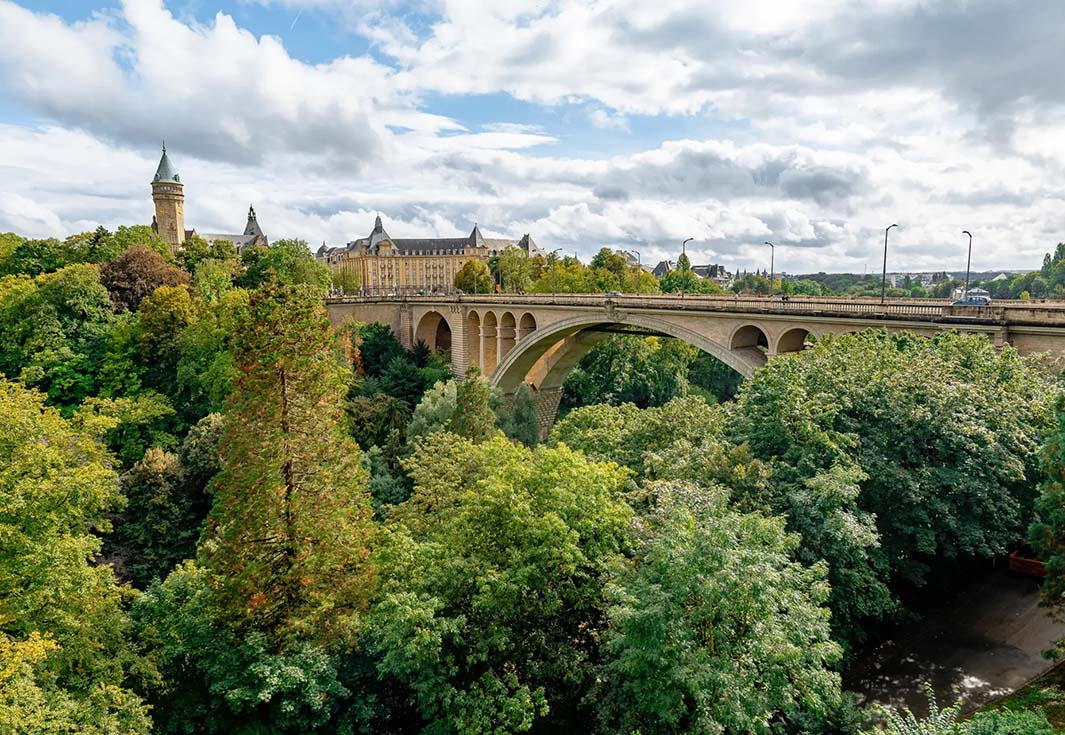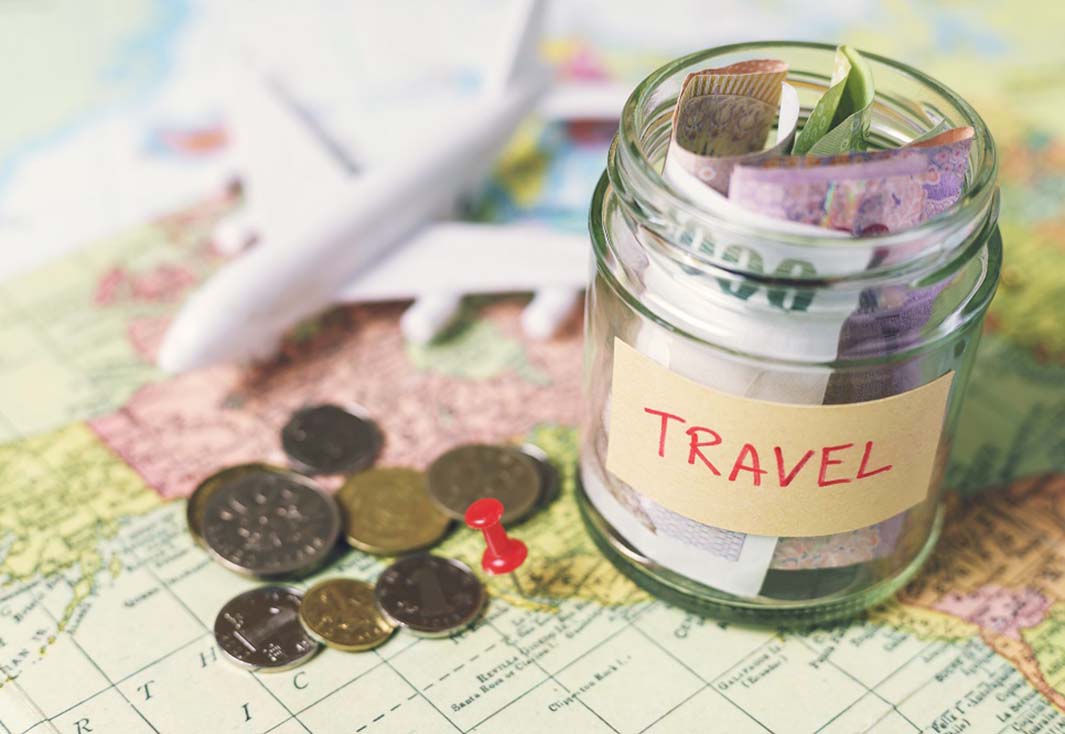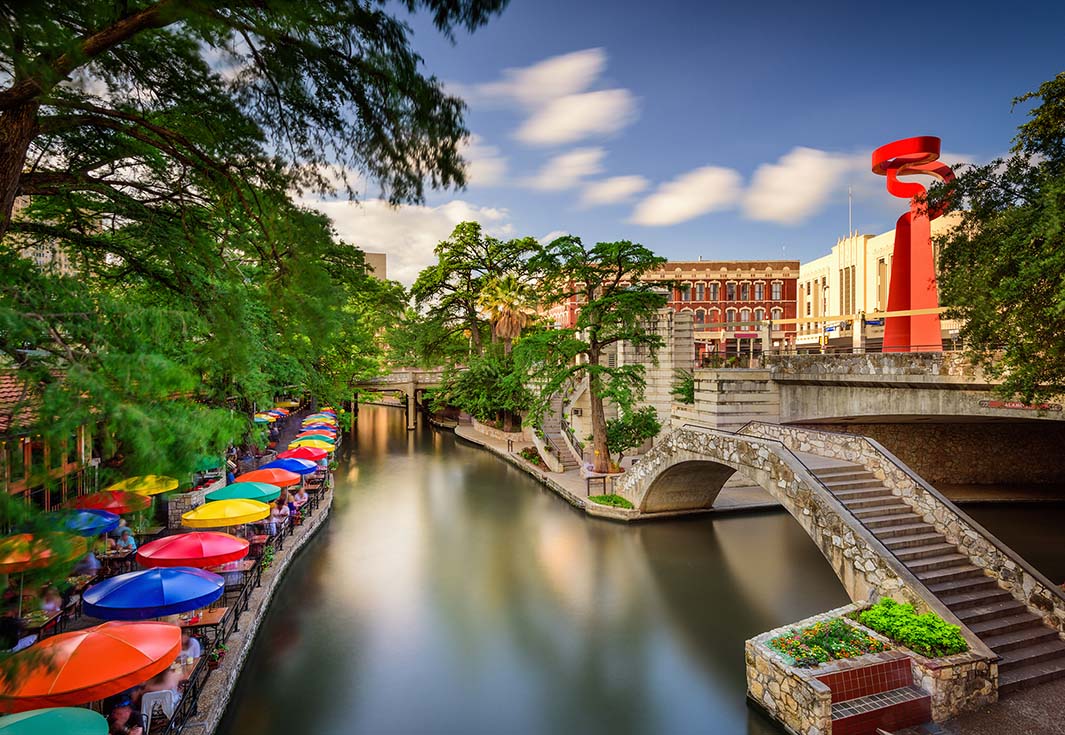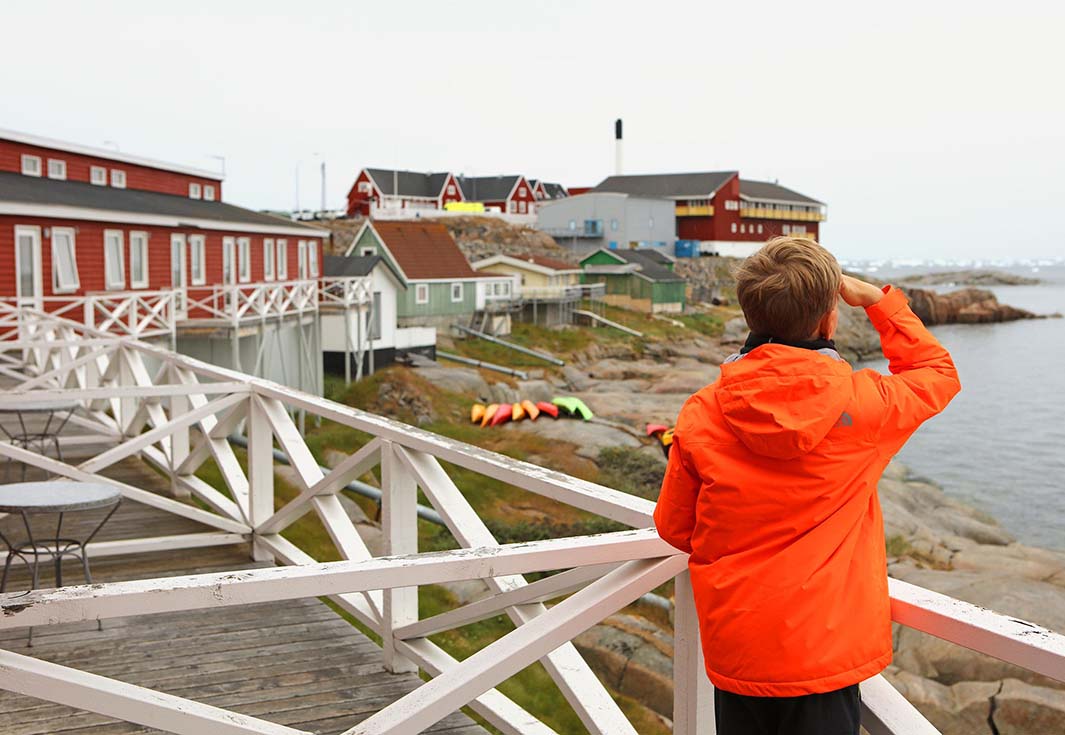Luxembourg, often overshadowed by its larger European neighbors, is a gem waiting to be explored. This small yet enchanting country offers a blend of historical charm, modern sophistication, and stunning natural beauty. As someone who has recently visited Luxembourg, I’m excited to share my experiences, tips, and recommendations to help you make the most of your trip to this delightful destination. From what to pack and where to get a local SIM card to navigating local etiquette and discovering must-see attractions, this guide covers everything you need to know for a memorable visit.
Travel Gear and Appropriate Attire
1. What to Pack
- Layered Clothing: The weather can change quickly, so pack layers that you can add or remove as needed. A light rain jacket is also a must, as Luxembourg experiences frequent, sudden showers.
- Comfortable Walking Shoes: Luxembourg’s cities and countryside are best explored on foot. Comfortable, durable walking shoes are essential for navigating cobblestone streets and hiking trails.
- A Reusable Water Bottle: Luxembourg is known for its clean and safe tap water, so bring a reusable bottle to stay hydrated throughout your adventures.
- A Portable Charger: With so many beautiful sites to photograph and GPS to use, a portable charger is crucial for keeping your devices powered up throughout the day.
2. Dress Code
Luxembourg is relatively informal compared to other European capitals, but dressing smart-casual will help you blend in seamlessly. Here’s a quick rundown:
- Daytime: Casual attire is acceptable for most daytime activities, but if you plan to visit higher-end restaurants or attend cultural events, smart-casual wear is recommended.
- Evening: For dinners and evening outings, a smart-casual outfit is ideal. In more upscale venues, dressing slightly more formal may be expected.
- Outdoor Activities: If you’re exploring the countryside or hiking, opt for practical, weather-appropriate gear, including a sturdy pair of hiking boots.
Currency Exchange and Local SIM Cards
1. Currency Exchange
Luxembourg uses the Euro (€), which is convenient for most travelers from the Eurozone. Here’s how to handle currency exchange efficiently:
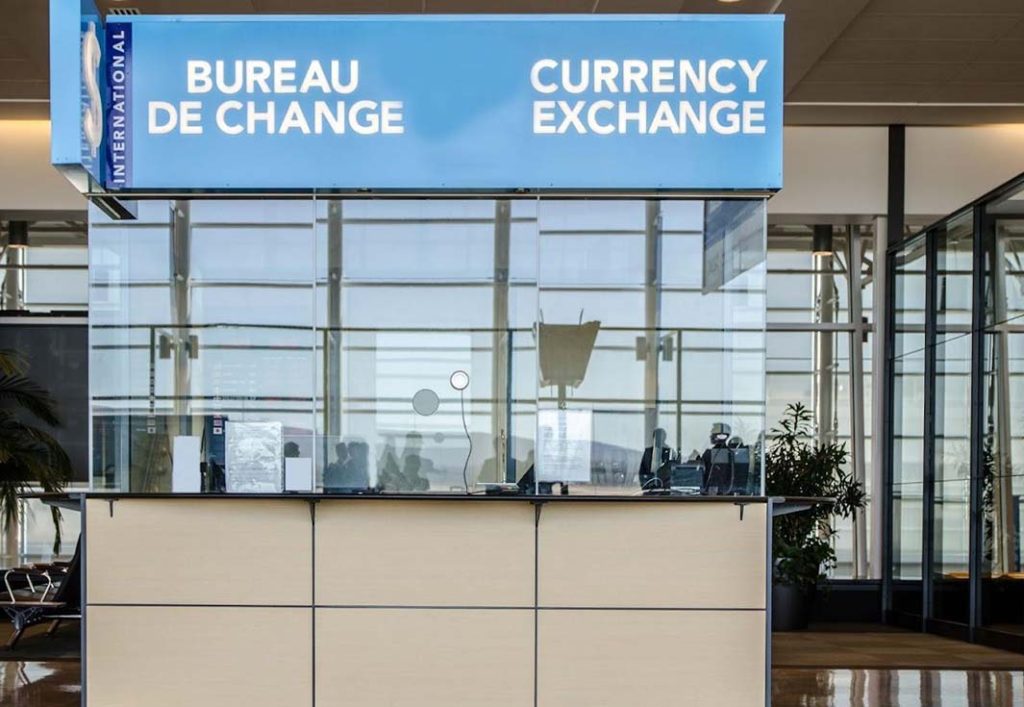
- ATMs: ATMs are widely available throughout Luxembourg, and most accept international credit and debit cards. It’s often more economical to withdraw cash directly from ATMs rather than exchanging currency at exchange offices.
- Banks and Exchange Offices: If you need to exchange cash, banks and dedicated exchange offices are available in major cities like Luxembourg City. Be mindful of service fees and exchange rates.
2. Getting a Local SIM Card
Staying connected is essential, and getting a local SIM card in Luxembourg is straightforward:
- Airport Kiosks: Upon arrival at Luxembourg Airport, you’ll find kiosks where you can purchase SIM cards from providers like POST Luxembourg, Orange, and Tango. This is a convenient option if you need a SIM card as soon as you land.
- Retail Stores: You can also buy SIM cards at retail stores in Luxembourg City and other towns. Look for stores like POST or Orange for a range of prepaid options.
- Documents Needed: Be prepared to show your passport when purchasing a SIM card, as it is often required for registration.
Local Etiquette and Cultural Observations
Luxembourg is a multicultural and cosmopolitan country, but adhering to local etiquette will enhance your experience:
1. Greetings and Social Etiquette
- Formal Greetings: Luxembourgers tend to be formal in social interactions. A handshake is the standard greeting, and addressing people by their titles and last names is common.
- Politeness: Politeness is highly valued. Simple gestures like saying “please” and “thank you” (in Luxembourgish, French, or English) go a long way.
- Dining Etiquette: When dining out, it’s customary to wait for everyone to be served before starting your meal. Tipping is appreciated but not mandatory; rounding up the bill or leaving a small tip is often sufficient.
2. Personal Experiences with Etiquette
During my visit, I noticed that Luxembourgers appreciate it when you make an effort to speak their languages. Although English is widely spoken, I found that greeting people in Luxembourgish or French was met with smiles and positive responses. Additionally, I observed that restaurants and cafes maintain a calm and respectful atmosphere, which added to the overall pleasant dining experience.
Top Four Must-See Attractions
1. Luxembourg City Old Town
The Old Town of Luxembourg City is a UNESCO World Heritage site known for its historic architecture and medieval charm. Key highlights include the Grand Ducal Palace, the Bock Casemates, and the Notre-Dame Cathedral.
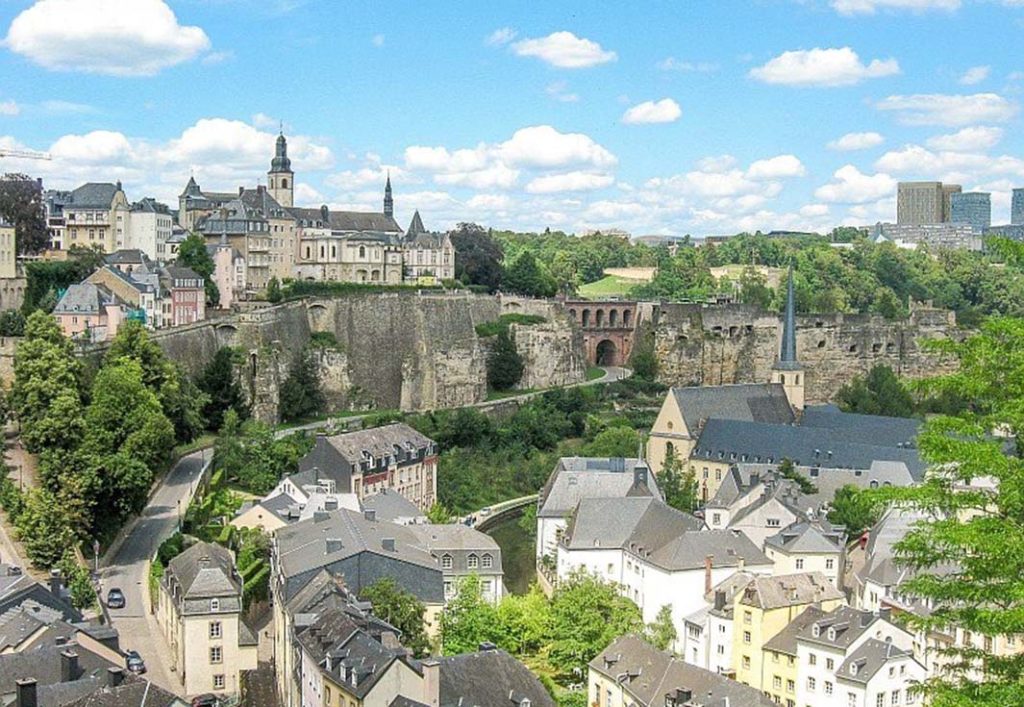
- How to Get There: The Old Town is easily accessible by public transport. You can take a bus or tram to the central station and walk from there.
- What to Do: Explore the narrow streets, visit historical landmarks, and enjoy panoramic views from the Chemin de la Corniche, often referred to as the “most beautiful balcony in Europe.”
- Tips: Wear comfortable walking shoes and consider joining a guided tour to fully appreciate the history and architecture.
2. Vianden Castle
Vianden Castle is one of Luxembourg’s most impressive castles, perched on a hill overlooking the picturesque town of Vianden. The castle dates back to the 10th century and offers a fascinating glimpse into Luxembourg’s medieval history.
- How to Get There: Vianden is about a 45-minute drive from Luxembourg City. You can also reach it by train and bus, with the journey taking approximately 1.5 hours.
- What to Do: Tour the castle’s towers, ramparts, and interiors, and enjoy the stunning views of the surrounding countryside.
- Tips: The castle is hilly, so wear comfortable walking shoes. Check the castle’s website for opening hours and admission fees.
3. Mullerthal Region
Known as “Little Switzerland,” the Mullerthal Region is famous for its unique rock formations, lush forests, and scenic hiking trails. It’s an ideal destination for outdoor enthusiasts.
- How to Get There: The Mullerthal Region is accessible by car or bus from Luxembourg City. The drive takes about 30 minutes.
- What to Do: Hike the Mullerthal Trail, explore the scenic landscapes, and visit the charming villages of Echternach and Berdorf.
- Tips: Bring suitable hiking gear and a map or GPS device. The trails can be challenging, so be prepared for varying terrain.
4. American Cemetery Memorial
The American Cemetery Memorial in Luxembourg City honors American soldiers who died during World War II. It is a moving and respectful site with beautifully maintained grounds.
- How to Get There: The cemetery is located in the eastern part of Luxembourg City and is accessible by bus or car.
- What to Do: Walk through the cemetery, visit the memorial chapel, and pay your respects to the fallen soldiers.
- Tips: Dress respectfully when visiting the cemetery, and allow time for reflection and appreciation of the site’s historical significance.
Street Food and Dining Tips
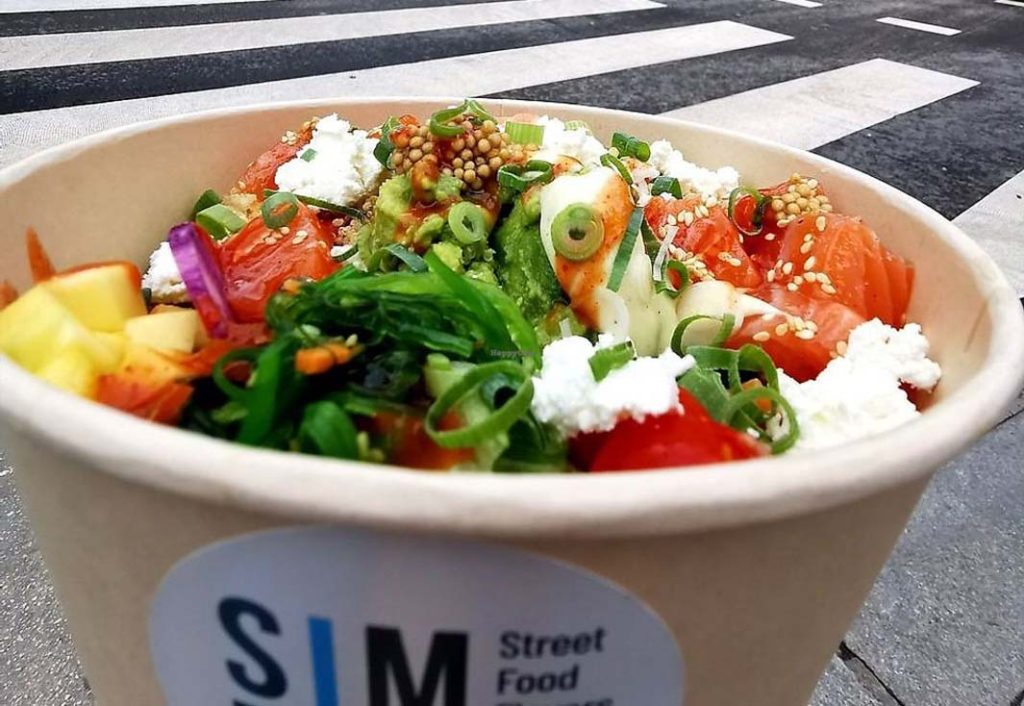
1. Popular Street Foods
- Gromperekichelcher: These deep-fried potato fritters are a local favorite. Crispy on the outside and soft on the inside, they’re perfect for a quick snack.
- Bretzel: The Luxembourgish version of the pretzel, often enjoyed as a savory snack with mustard.
- Kachkéis: A local cheese specialty that is usually served warm and melted, often accompanied by bread or potatoes.
2. Food Safety Tips
- Check Freshness: Ensure that the street food you buy is prepared in a clean environment and that the food looks fresh and hot.
- Avoid Raw Items: Stick to cooked foods to minimize the risk of foodborne illnesses.
- Stay Hydrated: Drink bottled water or ensure that the street food vendor uses safe water sources.
Planning Your Itinerary and Budget
1. Itinerary Planning
- Days 1-2: Explore Luxembourg City, including the Old Town, Grand Ducal Palace, and Bock Casemates.
- Day 3: Visit Vianden Castle and the town of Vianden.
- Day 4: Hike in the Mullerthal Region and visit nearby villages.
- Day 5: Pay respects at the American Cemetery Memorial and enjoy some local street food.
2. Budgeting Tips
- Accommodation: Opt for budget-friendly hotels or hostels in Luxembourg City, where prices are more reasonable. Consider staying in a smaller town if you’re looking for cheaper options.
- Dining: Enjoy local street food and casual dining to keep costs down. Many restaurants offer reasonably priced lunch specials.
- Attractions: Look for combination tickets or city passes that offer discounts on multiple attractions.
3. Recommended Insurance
- Travel Insurance: I highly recommend purchasing travel insurance that covers health, accidents, and theft. Luxembourg is safe, but having insurance provides peace of mind.
- Emergency Services: Ensure your insurance includes coverage for emergency medical services and repatriation if needed.
